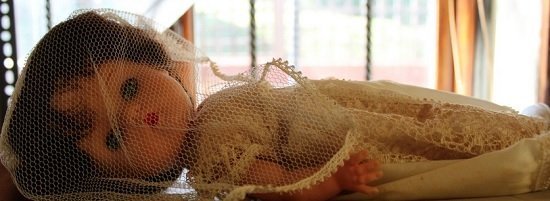The “nearest relative” is a term that is defined under Section 26 of the Mental Health Act 1983. This person may perform certain roles and exercise various powers in relation to a person detained or subject to guardianship.
The act provides a list of categories of relatives, which is used to decide who is the person’s nearest relative.
The nearest relative will be the first living person found in the category closest to the top of this list. Relatives of whole blood are preferred, where blood relationships are considered.
Where there is a spouse, child, or parent alive, they will probably be the nearest relative. The nearest relative will not necessarily be the same person as the next of kin.
Where there is more than one surviving relative in a category, then the older person takes priority.
The Act specifies various exceptions to the above rule. Sometimes, a person who has been caring for the person needing care might be chosen as the nearest relative.
The nearest relative does not have to accept this role. He or she may give any other person the right to act as the nearest relative in his or her place.
The nearest relative should be sure to state in writing the name of the person whom they want to act in their place. The nearest relative may change their mind in the future, and take the powers away from the person acting in their place.
The act describes situations where a nearest relative may be disqualified from acting.
The court may appoint a nearest relative to replace an existing nearest relative. Or, for example, the court may appoint a nearest relative where, the court
does not know who the person’s nearest relative is
does not know who the person’s nearest relative should be, or
cannot find the nearest relative




